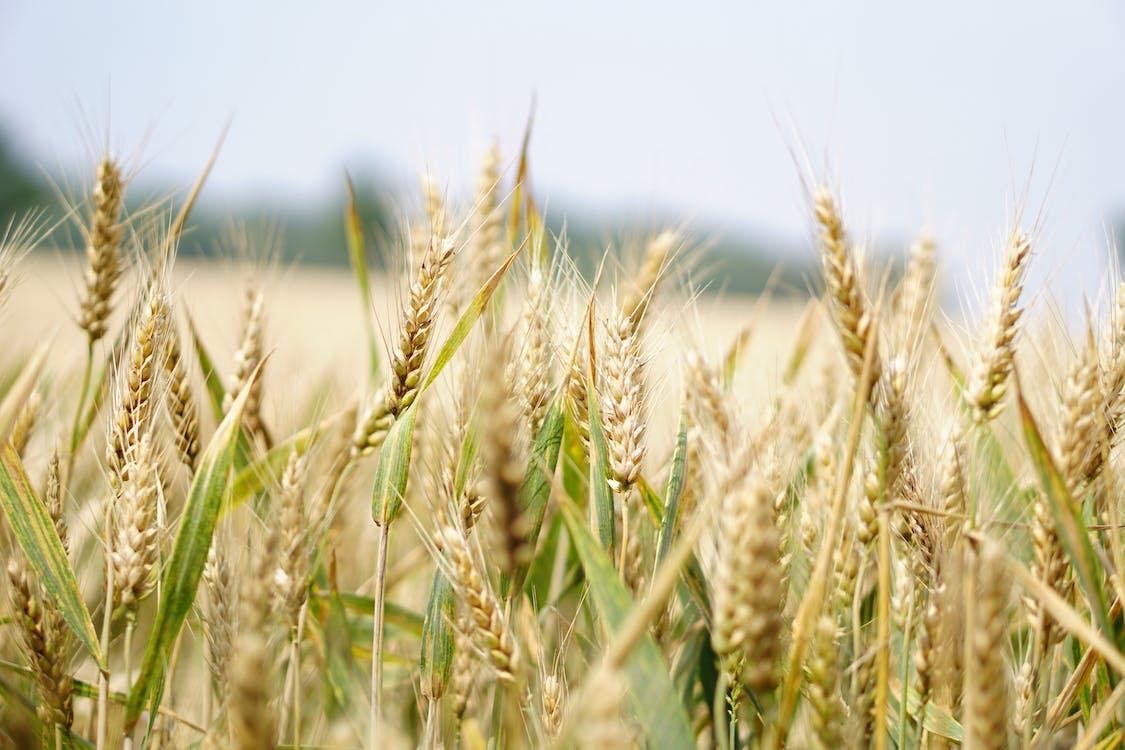5 Basic Tips for Those Looking to Get in to Crop Farming

Venturing into crop farming is an exciting and rewarding endeavor. However, farming is never easy and the profession is often plagued with losses.
Research published on Frontiers suggests that American farmers are continuously losing money. Rising input costs, commodity specialization, and shrinking production values are all responsible for such losses. Hence, it’s easy to see why it’s difficult to cut a profit in farming and why it’s important for beginners to be extra careful.
Whether you’re a hobbyist looking to grow your own vegetables or an aspiring farmer wanting a bountiful harvest, understanding the basics is crucial. In this article, we’ll explore some fundamental crop farming tips for beginners to set you on the path to success.
Contents
#1 Choose the Right Crop and Variety
Selecting the right crop is the foundation of successful farming. Consider factors such as climate, soil type, and available resources when making your choice. Different crops thrive in different conditions, so understanding your local climate and soil composition is key.
Run soil tests to determine the soil’s pH levels. It will enable you to make informed decisions about which crops are best suited for your land. Furthermore, choose crop varieties that are well-adapted to your region.
Consult local agricultural extension services, fellow farmers, or online resources to gain insights into the best-performing varieties in your area. Factors like disease resistance, yield potential, and maturity period should be considered to maximize your chances of a successful harvest.
#2 Soil Preparation and Fertilization
Soil health is paramount in crop farming. Before planting, ensure your soil is adequately prepared and enriched with essential nutrients.
Start by clearing the land of debris, weeds, and rocks. Plow or till the soil to break up compacted layers and improve aeration. Incorporate organic matter, such as compost or well-rotted manure, to enhance soil fertility and structure.
Understanding the nutritional needs of your chosen crops is crucial. Conduct regular soil tests to assess nutrient levels and pH. Based on the results, apply fertilizers strategically to provide the necessary nutrients for optimal plant growth.
Utilize organic and synthetic fertilizers judiciously, keeping in mind the specific requirements of your crops at different growth stages.
#3 Practice Crop Rotation
Crop rotation involves planting different crops in the same area in successive seasons. This method helps break the life cycles of pests and diseases and prevents nutrient depletion. Plan a crop rotation schedule by categorizing crops into different families and rotating them accordingly.
Diversifying the crops grown in a particular area helps reduce the risk of soil-borne diseases and the buildup of pests that target specific plants. It also enhances soil structure and nutrient availability, promoting a healthier and more productive farming ecosystem. Be mindful of the specific needs of each crop in terms of soil type, fertility, and water requirements when planning your rotation.
#4 Monitor Pests and Diseases
According to the Food and Agriculture Organization (FAO), every year, around 20 to 40 percent of crop production worldwide is lost to pests. Crop diseases lead to similar damage across farms globally. Thus, regular monitoring is a must for identifying and addressing these issues promptly.
Observe your crops regularly for signs of pests, such as chewed leaves, discolored spots, or wilting. Similarly, keep an eye out for signs of diseases, such as abnormal discoloration, wilting, or lesions. Practice crop rotation, select disease-resistant varieties, and avoid planting susceptible crops in areas with a history of disease.
Always try using natural and organic pesticides or herbicides over the inorganic ones. That’s because the latter might end up harming your crops. In fact, some inorganic farming products might even harm you, as was seen with the Roundup weedkiller in the Roundup lawsuits.
According to TorHoerman Law, Roundup exposure has been found to lead to an increased risk of cancer. Thus, several Roundup users, who were victims of this health hazard, filed lawsuits against the product’s manufacturers.
As of right now, the Roundup lawsuit payouts and settlement amounts are around $10 billion. Most of this money will be used to compensate those who fell ill or got cancer due to exposure to Roundup. Furthermore, these lawsuits stand witness to just how horrifying the situation can get when harmful inorganic weed killers or pesticides are used in farming. Therefore, both beginners and experienced farmers should always opt for organic or natural alternatives.
#5 Timing and Harvesting
Timing is crucial in crop farming, from planting to harvesting. Follow recommended planting schedules based on your local climate and growing season. Consider factors such as temperature, frost dates, and daylight hours to optimize the growth and development of your crops.
Harvesting at the right time is equally important. Each crop has its own optimal harvesting period, and harvesting too early or too late can impact quality and yield.
Monitor your crops for signs of maturity, such as color changes, size, or firmness, and harvest accordingly. Utilize proper harvesting techniques, such as using sharp tools and handling produce with care, to minimize damage and ensure a high-quality yield.
In conclusion, embarking on crop farming as a beginner requires a combination of knowledge, dedication, and practical skills. Otherwise, it becomes nearly impossible to avoid losses in this profession.
Case in point – according to Statista, the number of farms in the US has been steadily dropping since 2007. Back then, there were around 2.2 million farms in the country. Right now, the US has just around 2 million farms. While rapid urbanization is a major cause for this decrease in the number of farms, financial losses are also responsible for several farm closures. Therefore, if you’re getting yourself into this profession, you better be prepared.
Also Read:- AtoZPoetry.com





